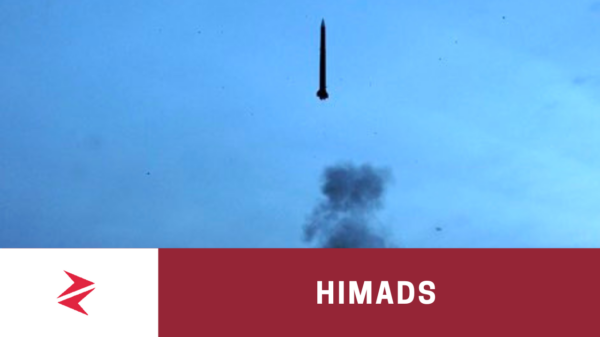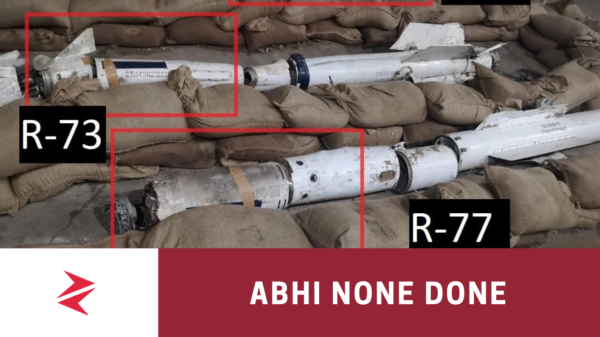
IT
Fiber Wall or Firewall – A Comprehensive Guide: Understanding and Protecting Against SSL Spoofing and Network Surveillance

Understanding the tactics being employed by the government sheds light on a broader agenda, one that seems less about countering terrorism and more about silencing political dissent, particularly against Imran Khan and his supporters. Over the past several months, there has been a noticeable increase in efforts to stifle pro-Imran Khan and PTI narratives. This shift suggests that the recent intensification of surveillance and censorship is not rooted in national security concerns but rather in a targeted anti-Imran Khan strategy.
After being constrained by the limitations of the Man-on-the-Side (MoTS) strategy, which primarily allows passive observation of data, Pakistan’s spying agencies are likely looking to step up their game. To effectively intercept encrypted traffic, they may now be turning to a more invasive tactic: Man-in-the-Middle (MiTM).
Understanding Man-in-the-Middle (MiTM)
The Man-in-the-Middle (MiTM) strategy is far more aggressive than MoTS. In this approach, the spying agency positions itself directly between your device and the internet, often within the infrastructure of Internet Service Providers (ISPs). By doing so, they can intercept, alter, or even redirect your internet traffic. This method is not just about observing data as it flows by but actively engaging with it, allowing the agency to potentially decrypt secure communications, inject spyware, or manipulate the data stream to serve their purposes.
1-Click & Zero-Click Spyware
To enhance their surveillance capabilities, agencies may also deploy 1-click or Zero-click spyware:
- 1-Click Spyware: Requires the target to click on a link or download a file to activate the spyware. This approach is more traditional and relies on social engineering tactics to trick the user into initiating the attack.
- Zero-Click Spyware: Far more sophisticated, this type of spyware doesn’t require any interaction from the target. It can exploit vulnerabilities in the device’s software to gain access silently. This makes it particularly dangerous, as the user may have no indication that their device has been compromised.
Implications for Privacy
The shift from MoTS to MiTM, combined with the deployment of advanced spyware, represents a significant escalation in surveillance tactics. It allows agencies not just to observe but to actively manipulate the data, potentially bypassing encryption and accessing private communications without the user’s knowledge. This strategy, commonly used in other countries, could severely undermine digital privacy in Pakistan.
The Government’s Espionage Tactics: A Closer Look
My analysis points to a troubling alignment between the activities of the Pakistan Telecommunication Authority (PTA) and the revelations made by Amnesty International in October 2023. The Predator Leaks, as exposed by Amnesty, detailed the deployment of the Predator spyware and its associated firewalls. By examining the evidence, it becomes clear that the PTA’s actions mirror the gradual implementation of this surveillance infrastructure, not for counter-terrorism but for domestic espionage.

























































































